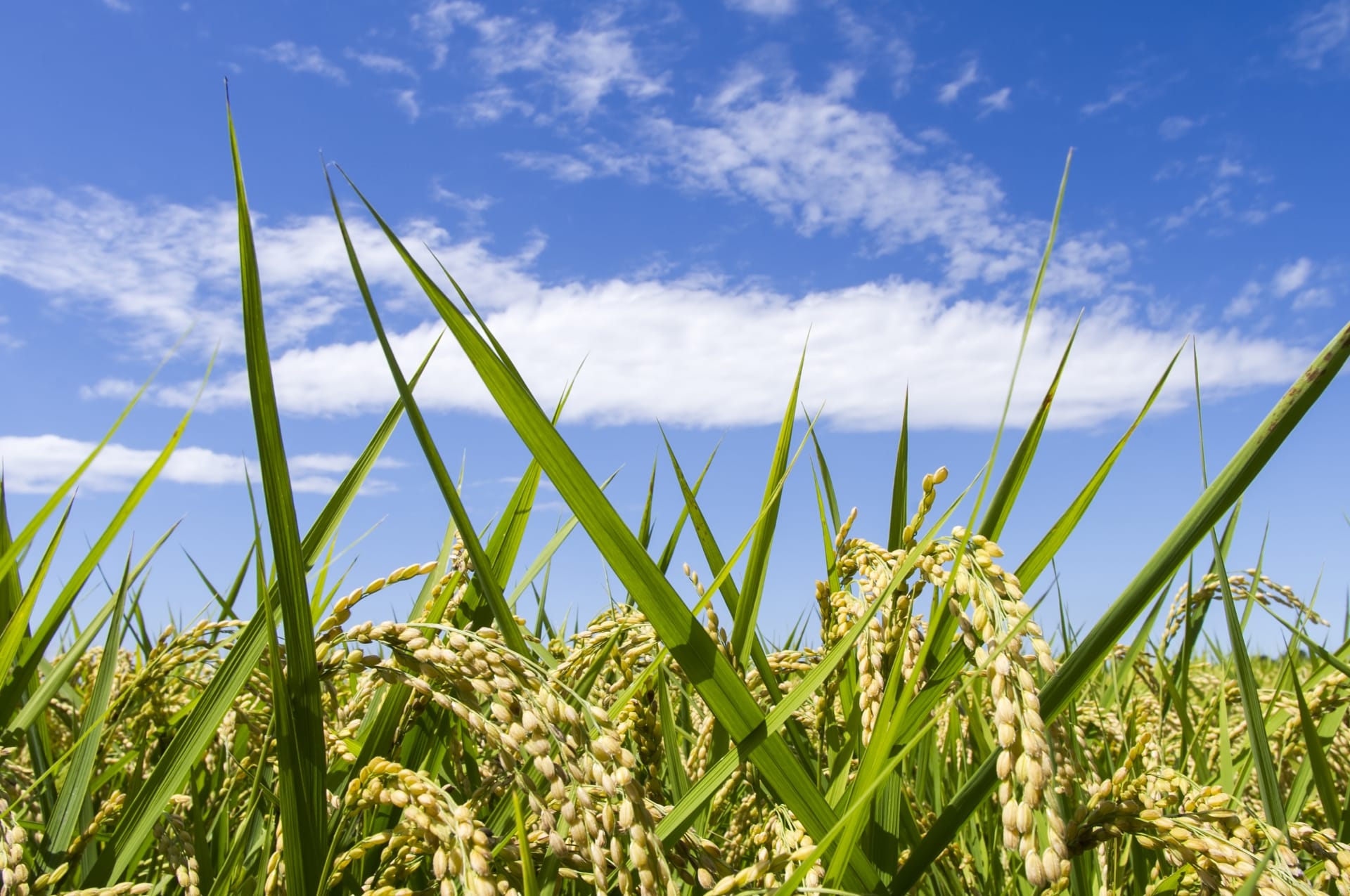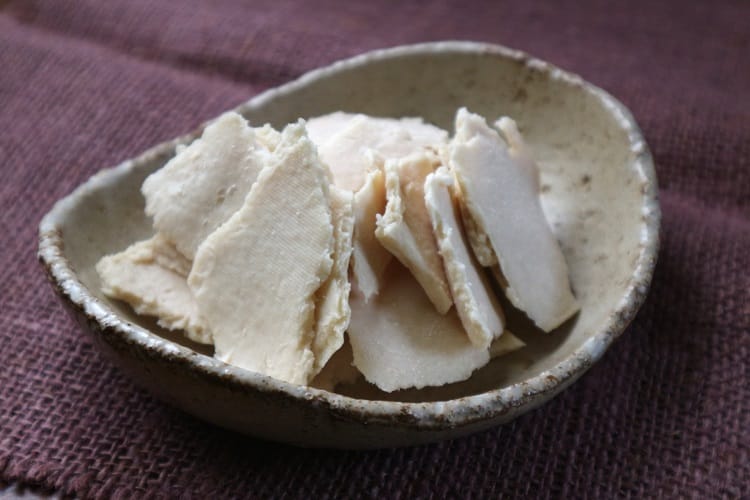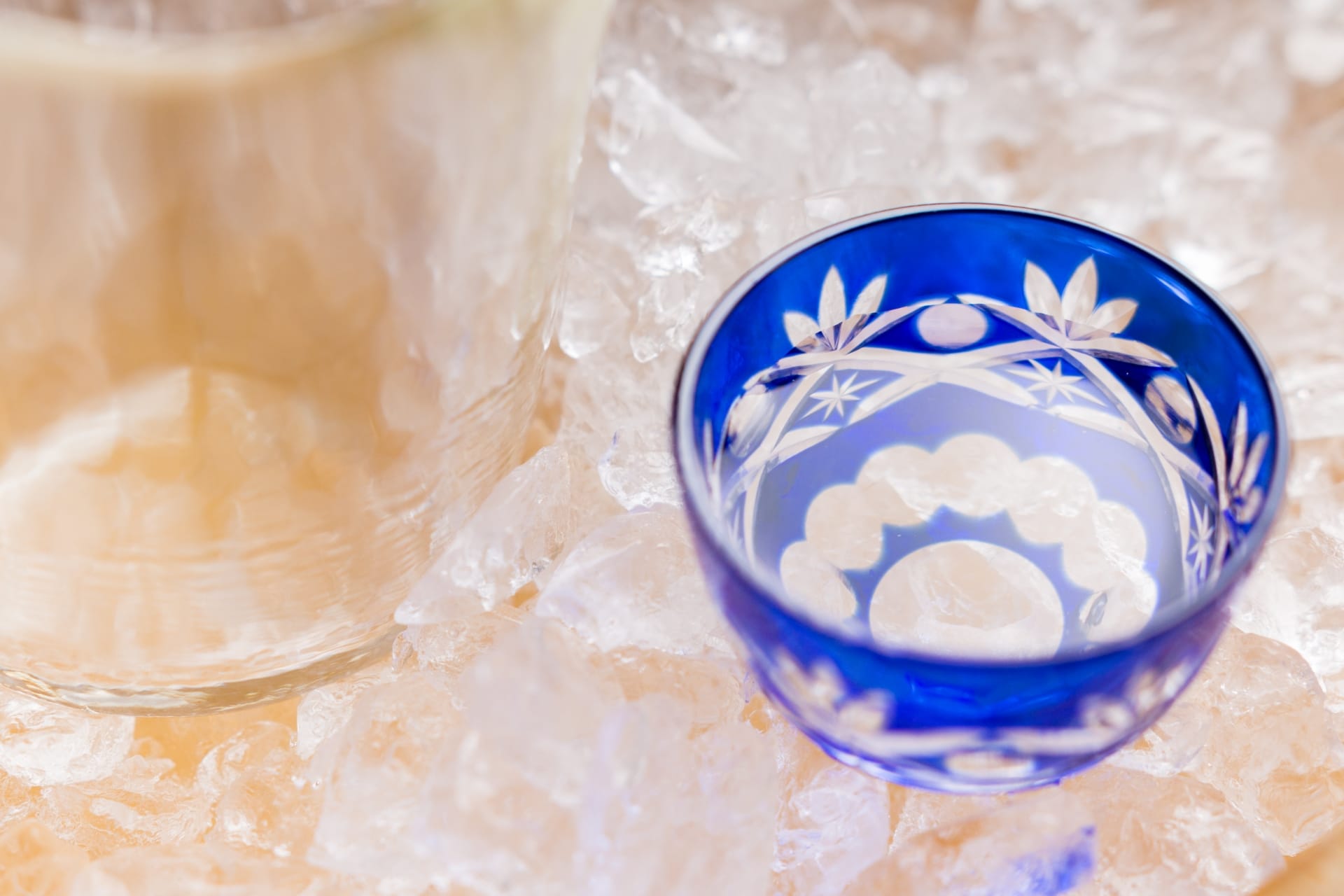
Sake lees that have been indispensable for Japanese culture and diet since ancient times. Due to its health and beauty effects, it has been gaining attention in recent years. Sake lees have been used in amazake, lees pickled, and Nara pickles, and have built up a traditional food culture. Recently, in addition to Japanese food, a wide variety of recipes have been devised by combining it with dishes of various genres, and the charm of sake lees expands from traditional to innovative ones that match the current feeling. It is
It also contains abundant nutrients, and when incorporated into the diet, it has the effect of improving the internal environment. Sake lees are so-called "unnecessary substances" that are produced in the process of brewing sake, but since ancient times they have been incorporated into dietary habits and utilized to create a rich food culture.
Grow plants in sake lees
There are other ways to use sake lees besides eating and painting.
Have you ever heard of using rice syrup or rice bran by mixing it with soil or feeding it to plants? In fact, sake lees can be fertilized and used in the same way. Since sake lees contain abundant components such as amino acids necessary for plant growth, it has been known that they have been useful as a material for fertilizers for a long time.
What makes sake lees excellent as fertilizers is related to the various ingredients they contain. Sake lees is a by-product that is produced when making sake, but it contains yeast because it is fermented during the manufacturing process. Yeast is familiar to the human body, but it also plays an important role in agriculture.
For example, yeast has the effect of preventing the decay of organic matter contained in compost, and keeping it in the soil by spreading it with amino acid fertilizer. Since sake lees are naturally rich in amino acids, fertilizers made from sake lees can be expected to have the effect of enriching the soil and promoting plant growth.
In addition, since yeast produces plant hormones and functions to grow flowers, it is often used as a fertilizer for fruit vegetables such as tomatoes and cucumbers.
Sake lees are excellent materials for fertilizers, but there are not many fertilizers with sake lees on the market.
Sake lees originally contain 6 to 8% alcohol, so if used in large amounts, it may harm crops. In addition, sake lees are difficult to store and expensive when making fertilizer, which is also considered to be difficult to market as fertilizer.
Start a business380Long-established sake brewery maker Laurel wreath in Kyoto,JAIn cooperation with the Higashi Biwako / Inae district (Hikone city, Shiga prefecture)1996I've been working on it for years. The concept is "from rice to sake, from sake to rice." The rice-to-sake and sake-to-rice cycle is repeated in which rice is grown using organic fertilizers mainly consisting of sake lees, sake is made from the harvested rice, the sake lees are returned to the soil as fertilizer, and rice is grown. Thing.
Farmers in the Inae region have been working on environmental considerations, such as increasing the proportion of organic fertilizer, to reduce the impact on Lake Biwa's water quality. And led to work on sake brewing. In addition, the sake produced by this initiative has been commercialized.
Make rice from sake lees and make sake from the rice
JA East Biwako / Inae district(Hikone City, Shiga Prefecture)With the cooperation of the Laurel Wreath, we are working on rice cultivation using “sake lees organic fertilizer” and recycling agriculture. In each area of Shiga Prefecture, we have been working on environmental considerations, such as increasing the proportion of organic fertilizer, in order to reduce the impact of water quality on Lake Biwa.
In the Inae region, rice is grown and harvested using organic fertilizers, which are mainly made of sake lees produced during the sake production process. The rice is then used to make sake, and sake lees are used again as fertilizer to grow rice. By continuing this series of cycles, we are implementing recycling-based agriculture.
This approach to recycling agriculture1996It started in the year.1994Food law promulgated by the Japanese government in XNUMX(Law on Supply and Demand and Price Stability of Major Foods)Under the influence of, the change in the way of farming until then began to occur.
Although the government regulated the distribution of rice, the Food Law has eased the distribution and sale of rice and other crops. The competitiveness among rice farmers has also increased, and producers are demanding products with more unique colors.
Taking that trend into consideration, Laurel Wreath thought that working with rice farmers would lead to mutual benefits, and began the challenge of making rice and sake using sake lees.
https://www.instagram.com/p/B9Ra_6dH_Y5/?utm_source=ig_web_copy_link
Most of the sake lees produced in the sake manufacturing process are used as food, but some were used for livestock feed, etc. The circulation of "rice to sake, sake to rice" utilizing this sake lees not only brings a unique color to the laurel wreath and the farmers, but also widens the range of byproducts generated by sake brewing and contributes to environmental conservation. went.
However, it didn't work out well from the beginning, and in the first year, raw sake lees were sprinkled on rice fields as they were, but it was difficult to wind them uniformly, and the effect as a fertilizer was also insufficient. Repeated trial and error, such as using the dried sake lees in the next year, it will be scattered by the wind and will fail.Finally, the sake lees are dried, crushed and supplied, and then processed into granules by a fertilizer company before being used as a fertilizer. Sake lees organic fertilizer that is easy to handle is completed.
This sake lees organic fertilizer is now about20Used by rice farmers in eaves. However, sake lees slowly decompose and it takes time to become a nutrient. Since rice fields have different characteristics such as soil quality and drainage, it is said that each rice farmer scatters them while fine-tuning the timing. Although it takes time and effort, it is said that it is now possible to produce rice of quality comparable to that when using chemical fertilizers that have immediate effects.
And1999Year, rice with sake lees organic fertilizer100% Junmaishu has been commercialized. Since fertilizer testing can only be done once a year at the time of rice planting, from the start of the project until the product is completed.5It took years.
Since 2004, it has been named "Carefully Selected Material Junmai" and has been on sale. It is a pure-rice sake with a solid taste, and is said to be finished by making the best use of the characteristics and uniqueness of rice.
20152In March, the activities of recycling-based agriculture and sake brewing using sake lees were highly evaluated and12Special Award at the "Kyoto Environmental Award"(Corporate Activity Award)Was awarded.
The "Kyoto Environmental Award" recognizes advanced and outstanding activities that contribute to environmental conservation.15It has been held every year since the fiscal year.
Recycling-type agriculture that repeats the cycle of "from rice to sake, from sake to rice," where sake is made from the harvested rice, and sake lees are returned to the soil as fertilizer to grow rice. Sake lees contain a large amount of organic substances such as rice-derived starch, koji- and yeast-derived proteins, and fibrous substances. In particular, the nitrogen component in the proteins is utilized as a nutrient for rice growth.
Relationship of trust between companies and farmers that sake lees combine
In addition to the efforts to use sake lees organic fertilizer, laurel wreaths are deepening relationships with farmers in various ways. One of them is a purchase agreement for Yamada Nishiki from Yabu, Kato City, Hyogo Prefecture.
The sake rice trading system that is linked between the sake rice production areas in the Harima region and specific sake brewers and brewers is a type of contract cultivation called the “Muramai system”. Laurel wreaths use Yamada Nishiki, which is made from contract rice produced by contract farmers, such as mura rice, for sake to be exhibited at the national sake competition. Those products were highly evaluated and exhibited the gold medal, which is the highest peak of the evaluation.4The warehouse is everything3Awarded for consecutive years. The bond between the laurel wreath and rice farmers is also involved in this achievement.
In addition, we regularly visit the Inae district in Shiga prefecture to invite customers to experience rice cultivation. This is an event that invites customers from the supermarkets they are trading with and their families to plant rice in the spring and harvest the rice in the autumn so that farmers can learn how to make rice. In this way, we enjoy farming and interact with farmers.
We have built such a relationship of trust in order for sake brewers and rice farmers to cooperate well, including sake brewing through recycling-based agriculture.
It is important to feel the difficulty of farming and the feelings that farmers have for rice making through such rice-making experiences and communication with rice farmers, regarding the rice that is the raw material for sake brewing and the agricultural work itself that makes the rice. We continue to pass on our passion and passion for rice production to sake brewing, and we are making sake of high quality through recycling-based agriculture. And, as a prerequisite, it also leads to raising awareness of coexistence with nature, which preserves the necessary natural environment.
In this way, in the laurel wreath, byproducts produced in the production process of sake brewing such as sake lees are used for various purposes, and energy conservation measures such as introduction of cogeneration equipment, resource conservation measures, environmental learning classes at elementary schools, competition with food use We are engaged in a wide range of environmental conservation activities, such as the development of bioethanol production technology using plants that do not grow and participation in local cleanup activities. These activities are evaluated,2014Years12Month, "Heisei26The Minister of the Environment Award for Global Warming Prevention Activities (measure implementation and dissemination section).
The sake brewing of the future that connects with sake lees and coexists with nature
In recent years, global warming has become a problem on a global scale. The resulting natural disasters, food shortages due to droughts, heatwave deaths, illnesses and their impact on biodiversity have become issues.2015Sustainable Development Goals, adopted by the United Nations Summit in XNUMX(SDGS)The movement to cooperate to achieve the goal is also becoming active worldwide.
SDGs2015Years9Adopted at the United Nations Summit of the Moon193Countries2016From the year2030Of year15It is the goal we set to achieve in the year.
Support for developing countries such as poverty and hunger, health and education, and safe water, transition to clean energy, correction of disparities, measures against climate change and global environment conservation, etc. The goal is to build. To achieve them17Average for each goal10There are similar targets (concrete measures), which in total consist of 169 targets.
Since the Industrial Revolution, human society has continued to develop by destroying the natural environment, but in order to continue to live a prosperous life, we must review the way we live in harmony with nature and cooperate with others. I can't maintain the environment. Going forward, companies will be required to further contribute to environmental conservation in order to tackle environmental problems and build a sustainable society, and this movement will become a matter of course.
Consumers are required to have such a story about corporate activities and products, and it is also an effort to add value by improving the corporate image and branding products. The creation of a mechanism that is beneficial to companies, rice farmers, the natural environment, and the consumers involved in it, such as recycling-oriented agriculture, is a sustainable consumer activity that is required in the present era.
Recycling-type agriculture and sake brewing projects circulate knowledge and experience not only by recycling the raw materials, but also by promoting communication between the people involved in the project, such as the laurel wreath and farmers. It seems that different pieces, like a mosaic, make up one thing. By knowing and respecting each other's roles, we have created a recycling-based agriculture that can make better rice and sake. The sustainable relationship between rice and sake brewing, which sake lees connect, may be the next-generation standard for the future.
Since ancient times, the Japanese, whose Shinto deities that enshrine eight million gods have been deeply alive since the ancient times, have originally built a society in which they are close to nature. For example, instead of throwing away the tableware when it cracks, you can continue to use it as a new design by making a piecing, or use the expression "God dwells in rice grains" to make a habit of valuing food everyday. The "mottainai" spirit cultivated by Japanese people across generations like this is that the habit of valuing everything and living in consideration of the environment has been rooted naturally in everyday life.
And now and in the past, sake making has a natural relationship. In addition to inheriting the good parts of the traditional brewing process that uses natural ingredients and snuggling up with the cycle of nature, by utilizing the latest technology, we will cultivate a better environment for sake brewing in the future and continue to do so in the future. I think that various efforts will be carried out that will lead to the improvement of the global environment.


